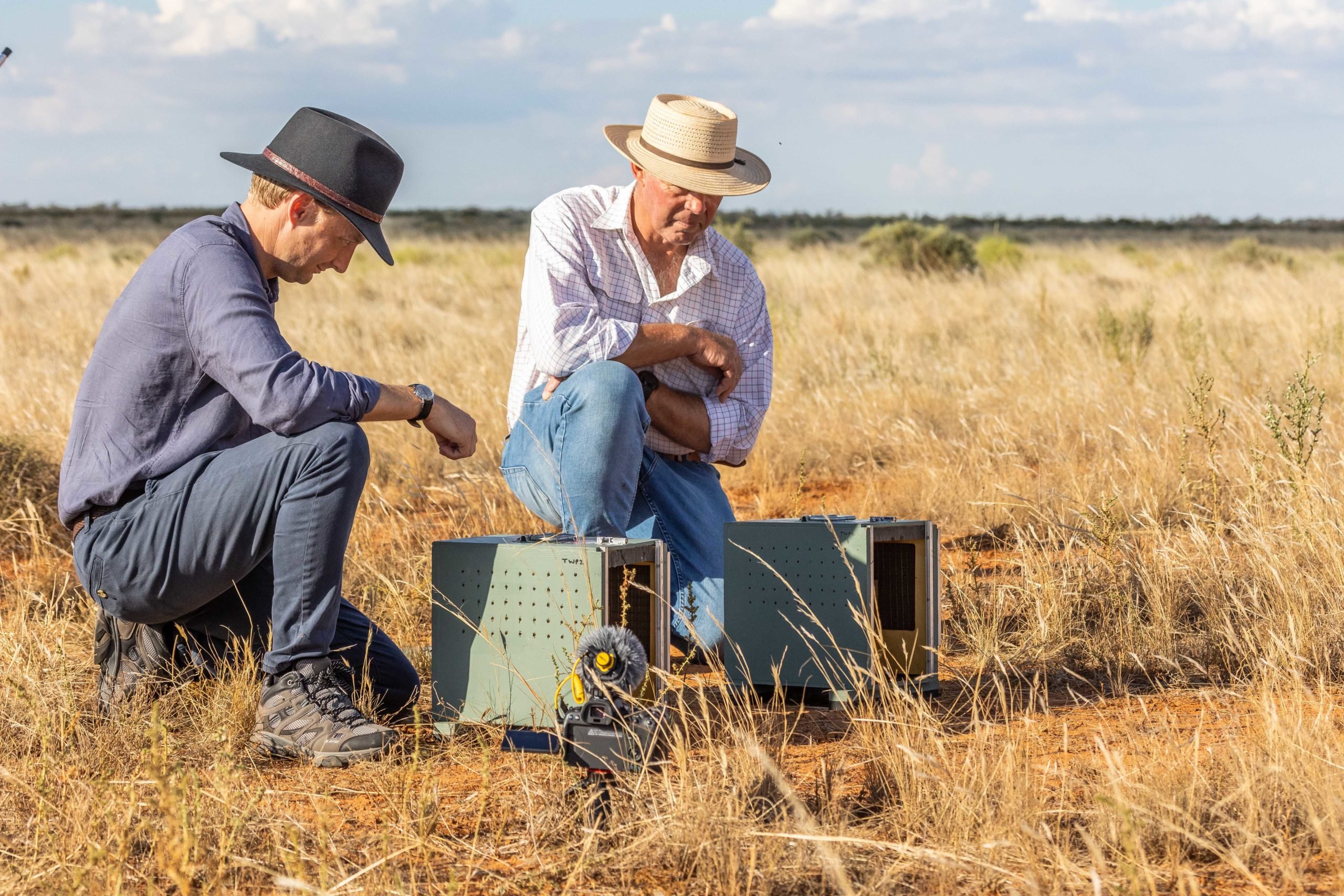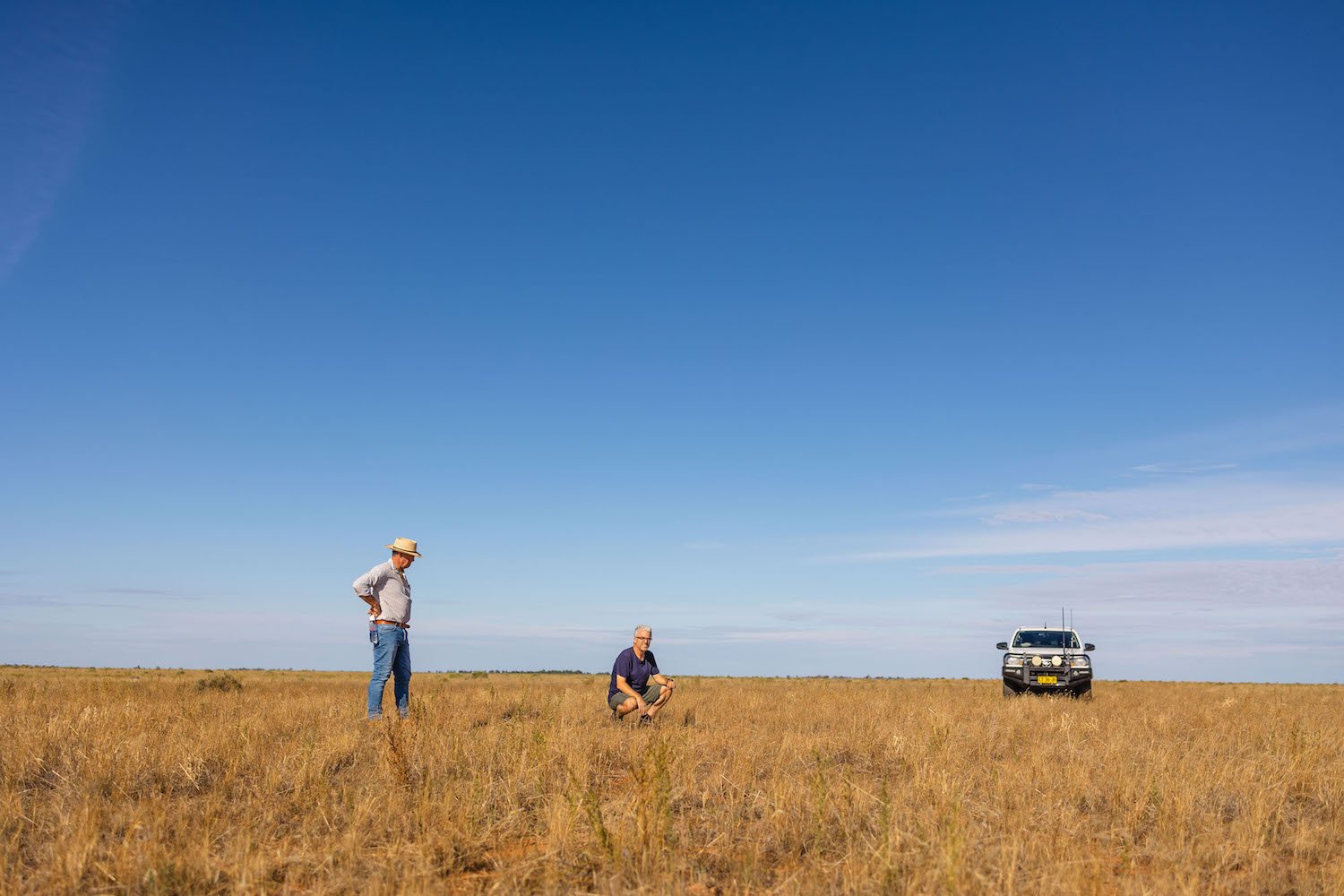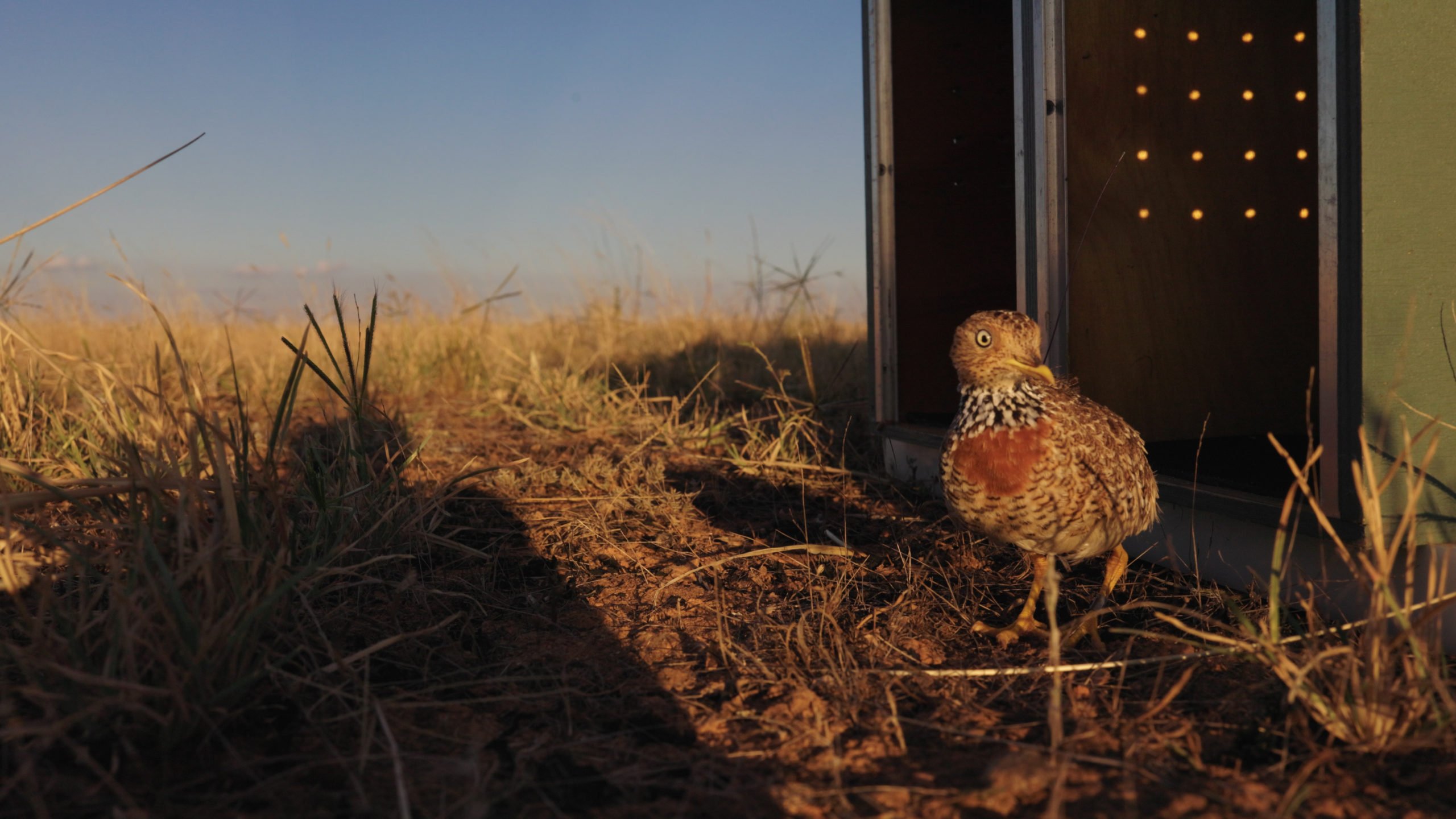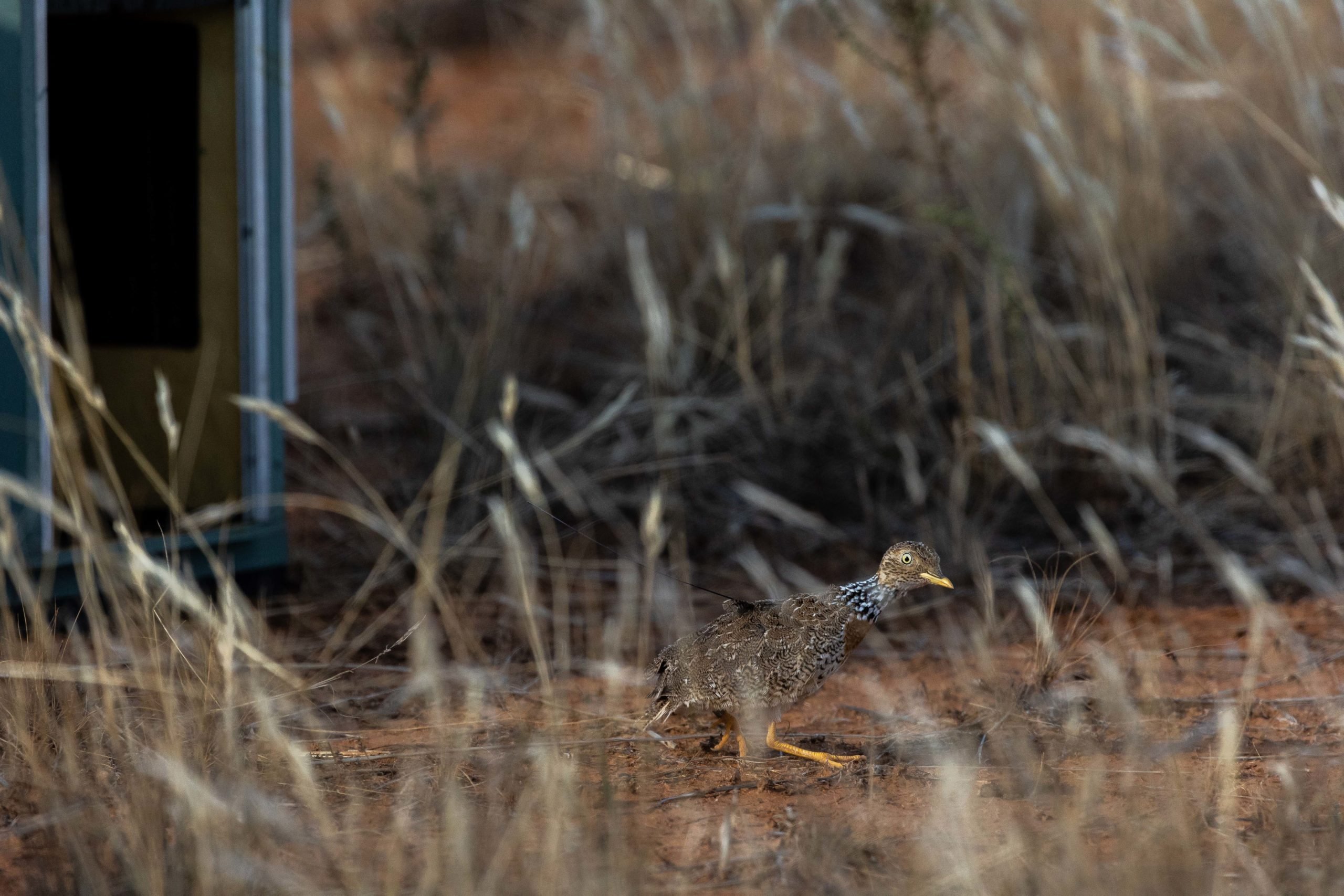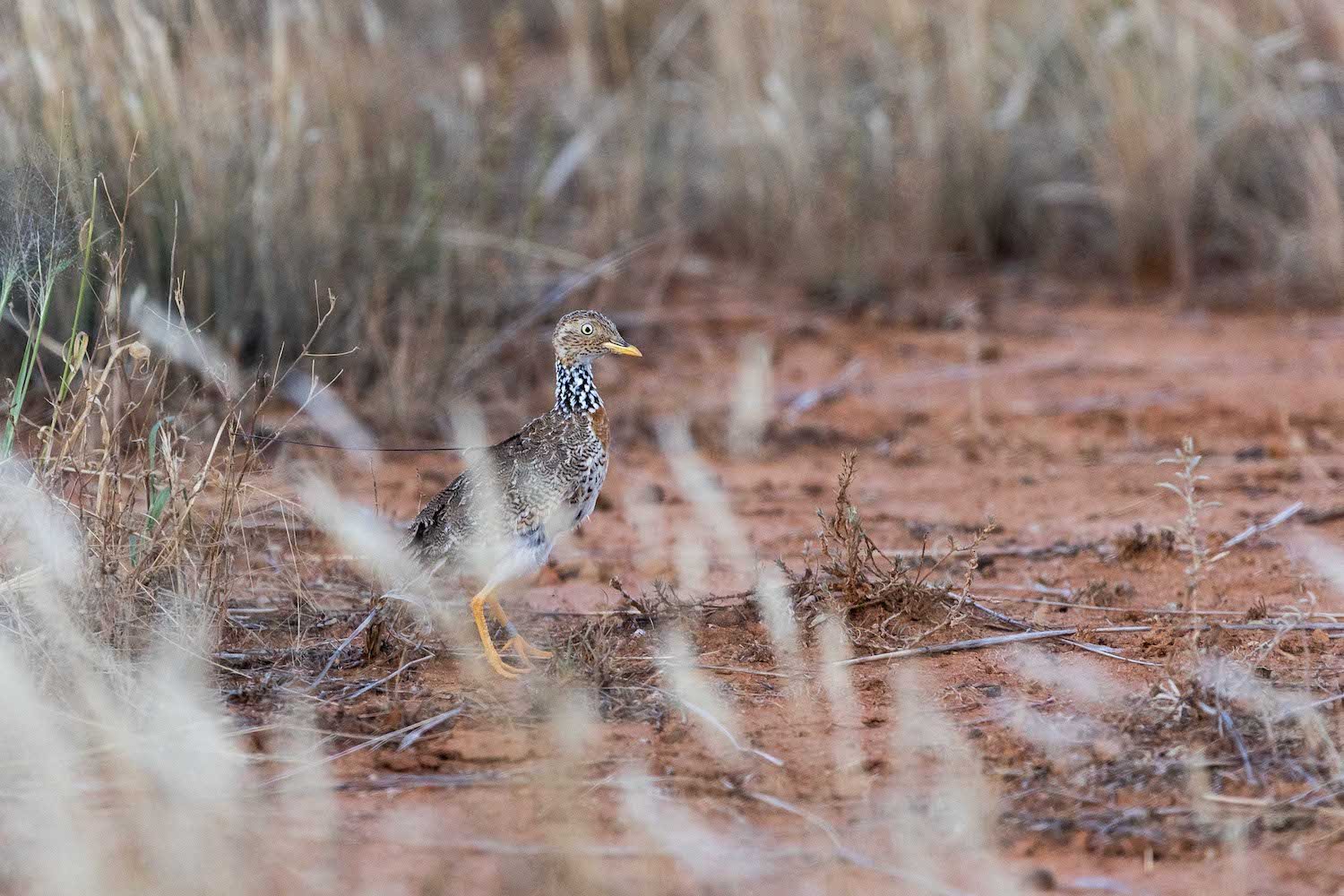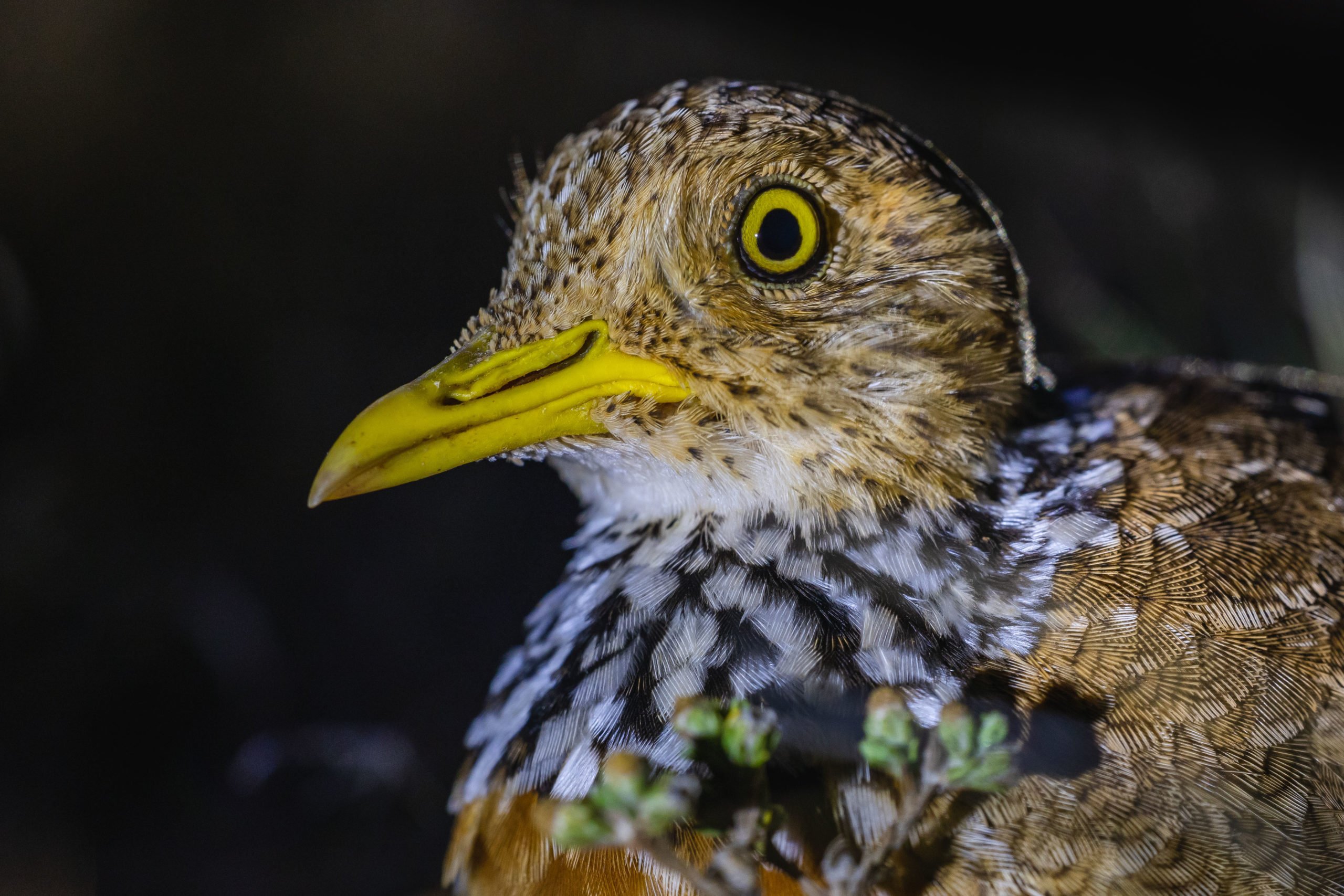Released: critically endangered bird no longer wanders alone

Affectionately dubbed Goldilocks, Australia’s most critically endangered bird species has been given a helping hand with the first-ever release in NSW of 10 plains-wanderers; the first step towards reversing the plight of the small, ground-dwelling species.
Less than 1000 of these birds are believed to exist in the wild due to a suite of threats, including grassland habitat loss, severe drought and fox attacks.
The birds, which have been released onto private properties in the Western Riverina near Hay, approximately 600km west of Sydney, were hatched at Taronga Western Plains Zoo, Taronga Zoo and Werribee Open Range Zoo.
The private landholders are part of the Paddocks for Plains-wanderers’ program, where landholders receive support to manage their ground cover for livestock production and Plains-wanderer conservation.
To date, the program has protected 13,000-plus hectares of plains-wanderer habitat across NSW’s Riverina Plains.
“We released five pairs on Friday afternoon,” says David Parker, Chair of the National Recovery Plan for the Plains-wanderer, and NSW Department of Planning & Environment Senior Threatened Species Officer. “In doing this we hope to encourage them to stay on site and not go looking for another partner.”
The breeding program has been underway since 2015, when captured birds were housed at Taronga Zoo in the hope of bolstering the wild population.
“We did a lot of research around husbandry,” David says, “around diet and what they needed to be able to reproduce and lay eggs. It took about 18 months and then we started building the captive population at Dubbo [zoo].”
David stresses the program wouldn’t be viable without the collaboration of the zoos and private landholders.
“Without landowners managing the habitat – the sparse native grasslands in the region – it just wouldn’t work.”
NSW Environment Minister James Griffin reiterates: “This partnership with private landholders is a fantastic example of conservation at its finest. Through this program, we’re helping landholders protect biodiversity and restore a healthy ecosystem,”
Affectionately dubbed the Goldilocks bird, they’ve been reintroduced into managed habitat that suits their specific requirements that is not too open and not too dense.
This habitat is a special piece of private property, owned by Liz and Bert Matthews, third-generation sheep farmers who have held this land for more than 100 years. The intensive sheep grazing they”d been running was destroying the environment, and their land’s productivity. “Now, we use holistic farming practices to regenerate it,” says Bert. “Part of this means restoring the native grassland habitat on the property, and helping return threatened species like the plains-wanderers back to their native habitat.”
Liz and Bert still run sheep, but have changed their practices to have less of an impact on the environment. Their passion for these little birds is palpable.
Chief Executive of Taronga Conservation Society Australia Cameron Kerr AO, said plains-wanderers are a unique Australian bird, whose genetic history dates back millions of years, which is why breeding and releasing these birds back into the wild is so important.
“This first NSW release is a huge milestone in our conservation efforts for this species, and it is so rewarding seeing these little birds returned to their wild habitat, where we hope they will thrive,” Cameron says.
Further releases are expected in 2022, with 37 birds in the conservation breeding program at Taronga Western Plains Zoo and eight at Taronga Zoo Sydney.
The NSW program is led by the NSW Government’s Saving our Species program, which is backed by a $175 million commitment over 10 years. It’s supported by the Biodiversity Conservation Trust, Local Land Services and Taronga Conservation Society Australia.
